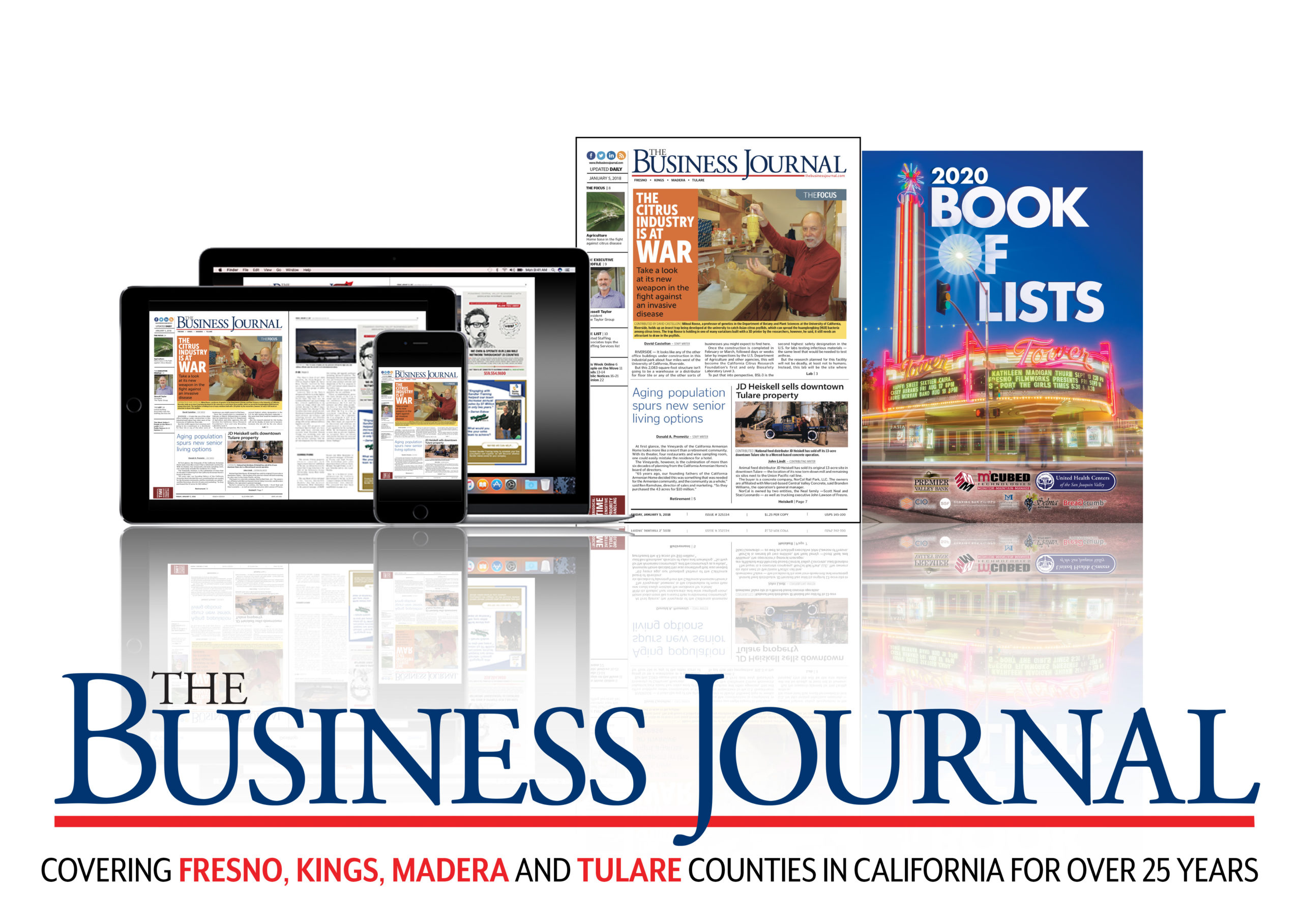
Written by Matt Poepsel
Our modern world of work is undergoing a tectonic shift. Powerful market forces stemming from economic headwinds, the rise of disruptive new technologies and generational drift are sending tremors through our workforce. To varying degrees, we may find ourselves caught in a cycle of underperformance, dissatisfaction, burnout and stagnation. We can feel as if we’re unmoored and drifting further from what has worked in the past, from one another and from our sense of self-confidence. We are well past the point of thinking the world will somehow reverse on its axis and that we can return to a bygone way of approaching our work and living our lives.
An effective and wise leader understands that the only way forward is through. They recognize that a need for a more enlightened form of leadership has never been more urgent.
Making this shift is not for the faint of heart, however. It requires us to reexamine our very definition of what makes for an effective leader in the modern frame. This type of newfound awareness must then be accompanied by keen insight and prescriptive action.
Historically, effective leadership was determined solely by results. If the work was performed successfully, the leader was lauded. The bigger the result, the better the leader, and the proper ends justified nearly any means. This leadership attitude was well-suited to a mechanistic, reductionist world, but as society and its economic engine evolved, this results-only view of leadership gradually became incomplete. We grew to recognize that people perform far more interesting and valuable work than machines, and a leader’s ability to ensure their engagement in that work matters a great deal.
Fast forward to today, and in our post-pandemic context and with a heightened call for work-life balance, encouraging wellness is another critical success factor for an effective leader.
Add to this a recognition that our world of work will continue to spin and that growth and development is what will separate the winners and losers. We therefore arrive at a four-part definition of effective leadership: deliver results, engage employees, foster well-being, and grow future leaders.
Yet how often are we able to produce all four of these optimal outcomes?
Companies continue to shed thousands of workers to improve profitability. Statistics reveal that workers are disengaged and overwhelmed, and too few executives believe they have the bench strength to navigate what’s coming.
There seems to be a missing link between where we find ourselves and what’s needed to reach our next level. It turns out that disconnect itself is what’s holding us back, and in fact there are five missing links we leaders must co-discover with our workers on an individual, team and organizational basis.
The first missing link is the connection between a manager and their direct report. A supervisory relationship is too often treated technically or transactionally when in fact it is more privileged than this. An effective leader recognizes the power of personal connection, and they take as active an interest in the person doing the work as the work itself.
The second missing link is the connection between the worker and emerging technologies such as generative AI and tools born of machine learning and deep analytics. To some extent every job will be impacted—some lightly and others profoundly—by these new capabilities. While enthusiasts openly marvel at what will be possible, many workers experience anxiety and fear about how they will be forced to adjust. An effective leader is able to alternately drive and support workers as they adjust to the new tech.
The third missing link is the connection between a worker and their team. Modern work is all about collaboration as only the collective capabilities of an organization will sustain its competitive advantage. This requires extremely high levels of cooperation and commitment. An effective team leader understands how to communicate a compelling vision, set meaningful goals, and create an environment of trust and safety so the best of the team’s collective output emerges.
The fourth missing link is the connection between the various teams and the overarching strategy. This requires a type of dual track thinking akin to “think globally, act locally.” Organizations are attempting to pull off a high wire act that requires innovation and advancement while simultaneously improving the cost basis and efficiency of the business. Doing so means that each team must see its own contributions as driving one, the other, or on occasion both of these. An effective leader must therefore accommodate the competing styles and competing goals inherent in executing a complex strategy.
The fifth and final missing link is arguably the most abstract: the connection between each worker and their sense of purpose. While an economist may argue that workers are rational and operate solely based on material motivations, an effective leader understands this is too limited a perspective. Workers still want to be compensated fairly, but they’ve also evolved. They now look to meet their next-level needs including a desire to experience meaning in their work. A leader who can help them discover how their day-to-day tasks honor their deeply held values and worldview will reap next-level productivity, commitment, and loyalty in kind.
There will be no return to some prior version of normal. The only way forward is through. By embracing a new definition of effective leadership, the importance and value of critical connections comes into plain view as does our need to discover them alongside our workers. While the context and definition of effective leadership has evolved in recent years, so has our opportunity to practice it in a more enlightened way.
Matt Poepsel, PhD, was the keynote speaker for the “Valley Made” Manufacturing Summit Oct. 30 at the Fresno Convention & Exhibit Hall. Next year’s Valley Made summit is scheduled for Oct. 25, 2005. Poepsel is the author of “Expand the Circle: Enlightened Leadership for Our New World of Work” and host of the “Lead the People” podcast. He serves as Vice President & Godfather of Talent Optimization at The Predictive Index. He holds a PhD in Psychology, an MBA and a Harvard Business School Certificate of Management Excellence. Matt has more than 25 years of leadership experience as a software executive and consultant. He’s also a US Marine, an Ironman triathlon finisher, and a student of Buddhist philosophy.






